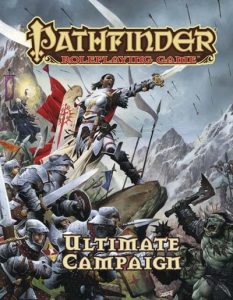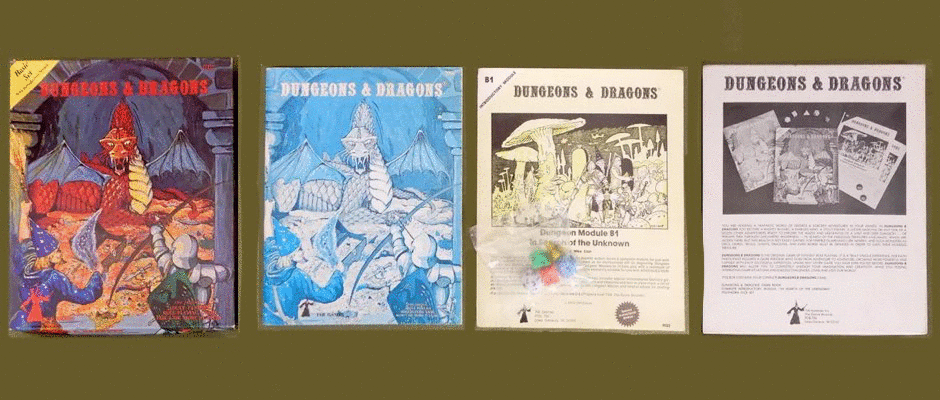
The next optional rulebook fleshing out Campaigns by providing new elements for plays and GMs.
Chapter One covers Character Backgrounds. Wisely, Paizo put this into an optional book instead of the numerous page WOTC wasted in their 5E Player’s Handbook. For me, I wouldn’t make the players roll for all of these because in my experience, most have enough creativity to write the background themselves. However, it’s nice to have some tables to cover the details should they get stumped or they fall in a rut like that player we all know…he has to be an elf with a bow in every fantasy game.
Chapter Two covers something on a few players obsess about…downtime. I already have my own system of XP awards for downtime since life doesn’t carry on in a vacuum. Campaign devises something entirely different, downtime = investments. Investments? It fleshes out the results of the players buying a tavern or being the head of a guild. The rules provide how much the PCs must spend to establish them, how much revenue they’re expected to make on average and to keep things interesting, a random-event table to have something happen every month.
Chapter Three is Systems. This entails a lengthier discussion about Alignment, Companions, Bargaining, Contacts (a big one since my players are based around the city of Korvosa), Exploration, Honor, Lineage, Magic Item Creation, Relationships, Reputation, Fame, Retirement, Retraining, Taxes and lastly Young PCs. Many elements are optional but I found most interesting by the way they shed additional perspective on some parts of the game I don’t linger on. However, Retraining is something I need to go over. My player with a Rogue wants to beef up his combat and magic ability by pursuing Magus. The trick will be how do we get there plausibly.
Chapter Four concludes with Kingdoms and War. While Downtime covers an enterprise the PCs operate, Kingdoms is about the PCs founding a nation or getting promoted. So there’s construction, revenue, edicts, etc. War is the inevitable element of operating or being involved with the day-to-day of kingdoms. Campaign provides very abstract rules on how to execute battles. Units are similar to D&D’s old 3.5 rules on Mobs/Swarms. The size designations confused me initially. For example, a Medium-sized unit of infantry is about 100 beings (humans, hobgoblins, ogres, etc) not how many beings fit in a 5′ x 5′ square as per the personal combat rules. How much space this unit takes up isn’t important, it’s the number. Obviously, a larger unit is more dangerous too. Individuals are classified as Fine. Can they harm say a Large (200) unit? Depends. A dragon? Absolutely. A demon? Likely due to their immunity to non-magic weapons. A powerful PC/NPC? I think so but they better count on getting wounded in the process.
Campaign is on my list of must have for GMs. It helps lay down the ground rules in world creation, provides more Traits to make PCs differ from each other and lets face it, a huge battle much like Tolkien’s Battle of the Five Armies or TSR’s legendary Bloodstone Pass is something we all want to run one day.
